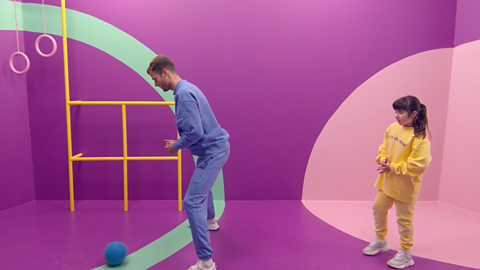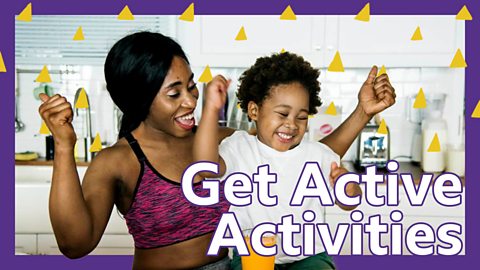Let's get active and try Reaction Roll!
This rolling activity is suitable for children in Early learning and childcare (ELC) or Primary 1 (Early level Curriculum for Excellence).
Watch this
Learn how to take part in the Reaction Roll activity with help from primary school teacher, Danny Denholm.
DANNY Hey, I'm Danny and welcome to Let's Do This, where we will get active together.
This activity is called reaction roll.
This activity really focuses on our timing, speed and teamwork.
You will need a partner and a ball.
You will need a partner for this game, so I'm delighted to have Lily with me to give me a helping hand.
Step one.
Player one sits or stands with the ball. Player two stands in front of player
Player two stands in front of player one with their feet apart and facing away from them.
Step two.
Player one rolls the ball forwards either through player two's legs, or passed their side.
Step three.
Player two has to react quickly and catch the ball as it goes past.
Step four.
Both players turn to face the opposite direction and player two rolls the ball for player one to catch.
Now, let's do this.
NARRATOR Too tough?
DANNY Finding it a bit difficult?
Try using a larger ball, which is easier to catch.
You could also decrease the distance between partners so player one doesn't have to roll the ball as far.
Give it a try.
NARRATOR Go up a notch?
DANNY Want to challenge yourself and your partner?
Player one can try kicking the ball instead of rolling.
Or you could increase the distance between both players so it's trickier for player one to aim the ball.
This will test player one's aim and accuracy, and player two's timing and speed.
Great effort.
Now you give it a try.
NARRATOR Danny’s challenge
DANNY Ask someone to set a timer for 30 seconds and keep count of how many times you and your partner can pass and catch, or stop the ball?
Let's try and get those reactions racing and set yourself some high scores.
Get a pencil and paper and record your score.
How many will you be able to get?
NARRATOR Final thoughts
DANNY Reaction roll is a great way for you and your partner to work as a team and really test out agility and reactions.
Let’s do this
What we will learn:
This activity can help young children develop their reactions and teamwork.
It is a great activity to help children react and move quickly in sport and daily life.
What you need:
A ball.
Try it yourself
Follow these step-by-step instructions and give it a go!
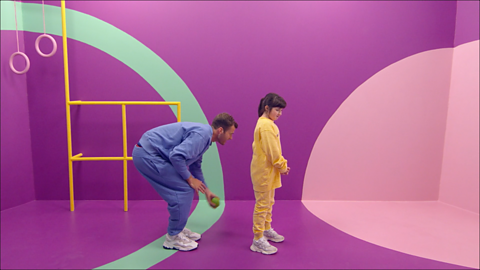
Image caption, Get ready
Player 1 sits or stands with the ball. Player 2 stands in front of Player 1 with their feet apart and facing away from them.
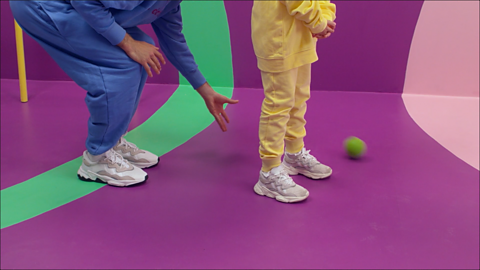
Image caption, Player 1: Roll the ball
Player 1 rolls the ball forwards either through Player 2’s legs, or past their side.
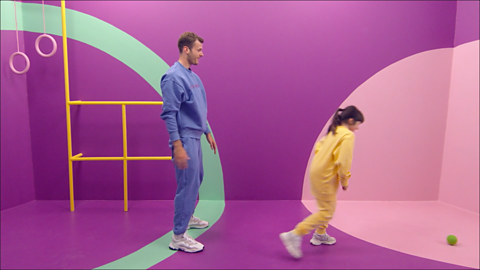
Image caption, Player 2: Catch
Player 2 should try to react quickly and catch the ball as it goes past.
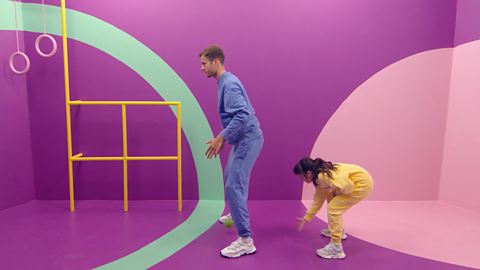
Image caption, Swap places
Both players turn and face the opposite direction. Player 2 rolls the ball for Player 1 to catch.
1 of 4
Playing on your own
Test your reactions on your own by playing Throw Clap.
- Throw a ball or balloon up in the air.
- Clap as many times as you can before catching the ball or balloon.
Make it easier or harder
We are all unique and have different strengths and skills. Some of us may find some skills easier than others but we can all develop and improve.
You can adapt Reaction Roll to make it easier or harder. The most important things are giving it a go and having fun!
Make it easier
Try these tips to make the activity a bit easier.
- Try using a larger ball which is easier to catch.
- Decrease the distance between partners so Player 1 doesn't have to roll the ball as far.
Make it harder
Try these tips to make this activity more challenging.
- Player 1 can try kicking the ball instead of rolling it.
- Increase the distance between both players so it is trickier for Player 1 to aim the ball.
Danny's challenge
- Ask someone to time you for 30 seconds and keep count of how many times you and your partner can pass and catch or stop the ball.
- Get a pencil and paper and record your scores.
How many will you be able to get?
More games to play
Tiny Happy People: Ball games. activityTiny Happy People: Ball games
Ball games help us learn to share, play together and be inclusive.
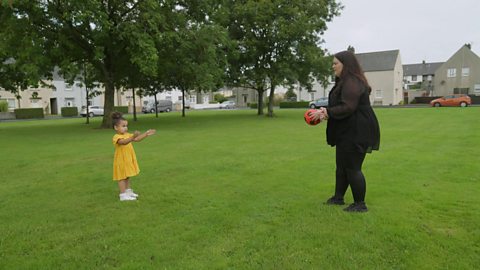
Tiny Happy People: Homemade skittles. activityTiny Happy People: Homemade skittles
Playing homemade skittles out of household objects improves your child's coordination and communication skills.
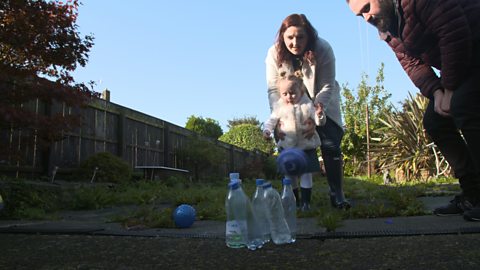
More on Physical activity
Find out more by working through a topic
- count3 of 19
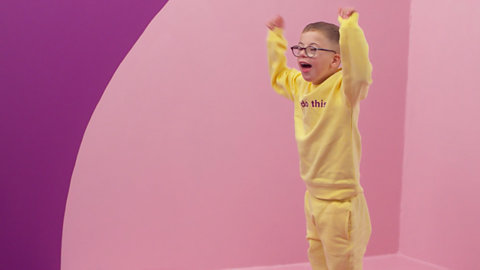
- count4 of 19
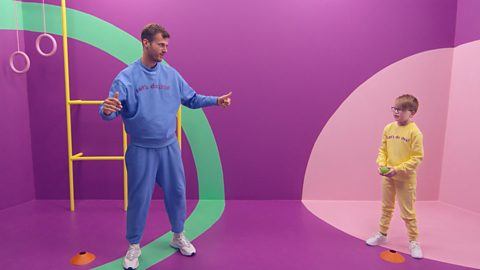
- count5 of 19

- count6 of 19
